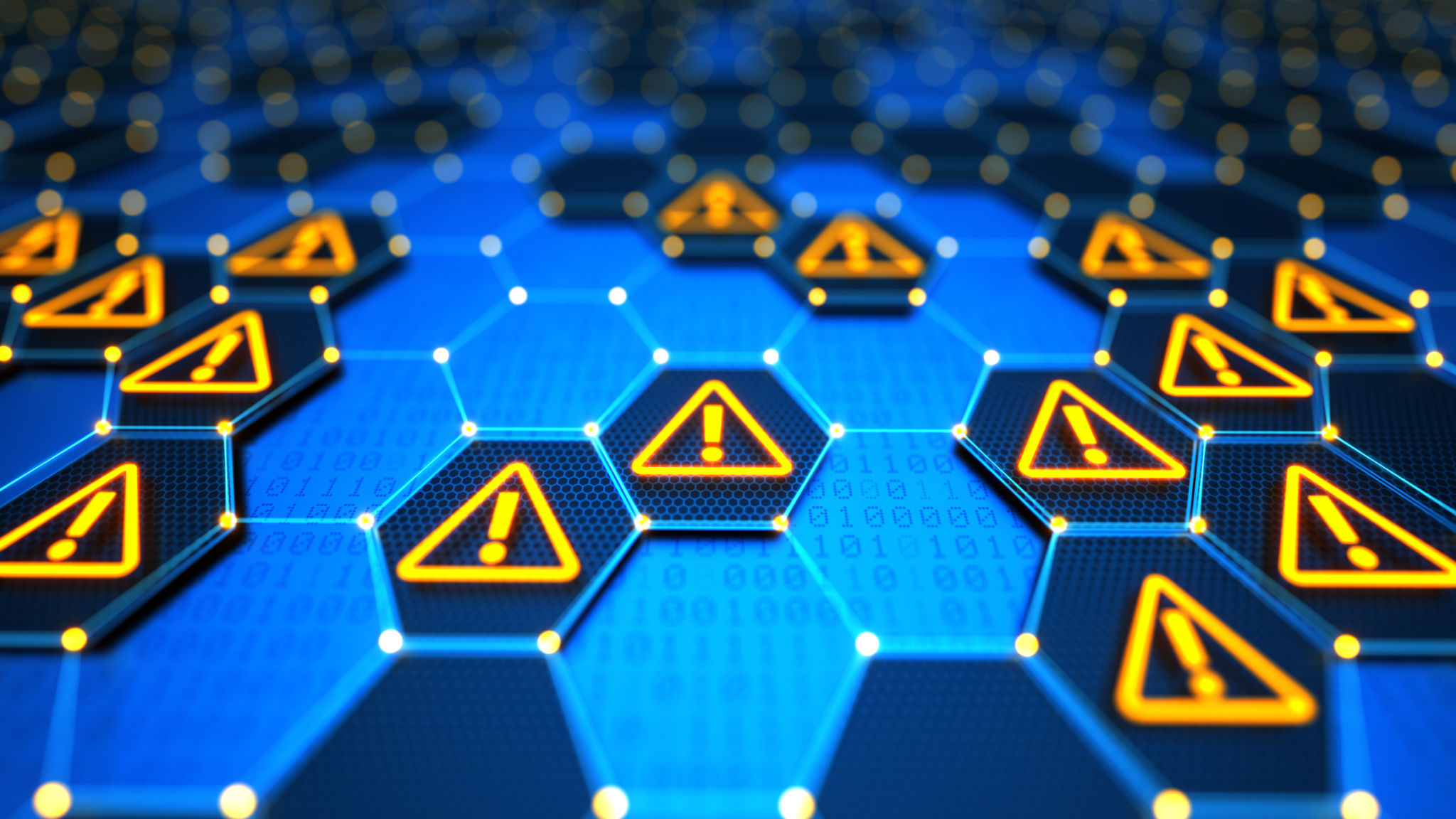Top IT Security Tips for Remote Work Environments
Understanding the Importance of IT Security
Remote work has become a norm for many organizations, bringing flexibility and new opportunities. However, it also presents unique security challenges. Ensuring that your remote work environment is secure is crucial to protecting sensitive data and maintaining the integrity of your organization's systems. IT security is not just about technology; it's about creating a culture of awareness and responsibility among all employees.

Use Strong, Unique Passwords
One of the simplest yet most effective ways to protect your accounts and data is by using strong, unique passwords. Passwords should be at least 12 characters long and include a mix of uppercase and lowercase letters, numbers, and symbols. Avoid using easily guessable information like birthdays or common words. Consider using a password manager to keep track of your passwords and ensure they are secure.
Enable Two-Factor Authentication
Two-factor authentication (2FA) adds an extra layer of security by requiring a second form of verification in addition to your password. This could be a code sent to your phone or an app-based authenticator. Enabling 2FA on your accounts can significantly reduce the risk of unauthorized access.
Secure Your Network
Your home network is the gateway to your remote work environment. It's essential to secure it by changing default router passwords, using strong encryption methods like WPA3, and ensuring firmware updates are regularly applied. Additionally, consider setting up a separate network for work devices to further isolate and protect them from potential threats.

Use a Virtual Private Network (VPN)
A VPN encrypts your internet connection, making it more difficult for cybercriminals to intercept data. When working remotely, especially when connecting to public Wi-Fi networks, using a VPN is crucial. It ensures that your online activities, including accessing company resources, remain private and secure.
Keep Software and Devices Updated
Regularly updating software and devices is critical for maintaining security. Software updates often include patches for vulnerabilities that could be exploited by attackers. Ensure that operating systems, applications, and antivirus software are set to update automatically.

Be Aware of Phishing Scams
Phishing scams are a common method used by cybercriminals to gain access to sensitive information. Be cautious of unexpected emails or messages that request personal information or urge you to click on suspicious links. Always verify the source of communication before responding or providing any data.
Implement Secure Data Storage Practices
Ensure that sensitive company data is stored securely. Use encryption tools to protect files and consider cloud storage solutions with robust security measures. Regularly back up important data to prevent loss in case of an attack or hardware failure.
Encourage Security Training
One of the best defenses against security threats is a well-informed team. Regular security training sessions can help employees recognize potential threats and understand the importance of following security protocols. Encouraging a proactive approach to IT security can greatly enhance your organization's overall protection.
